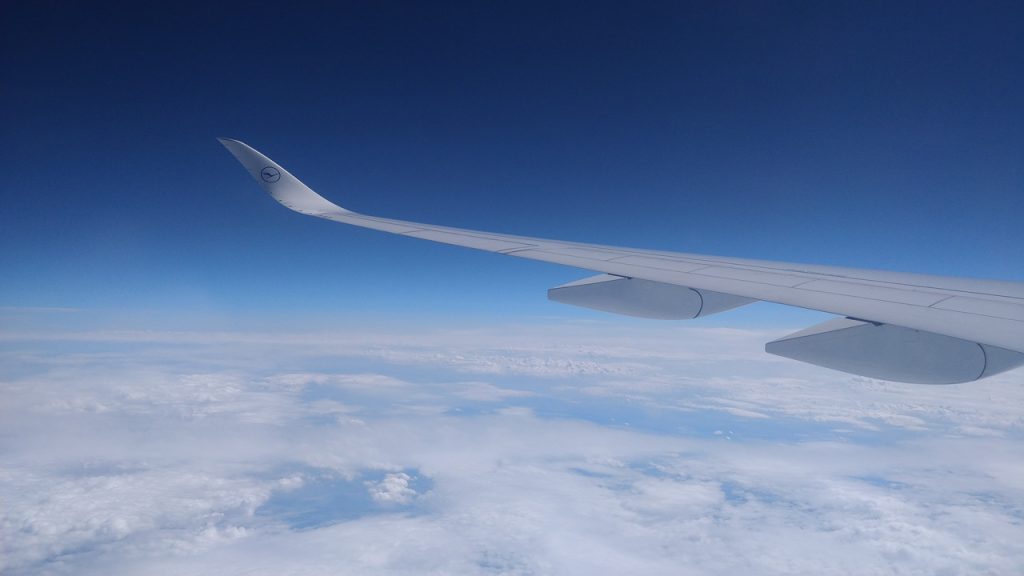
Airlines should prepare for a more turbulent future, climate scientists warn
Researchers at the University of Reading and National Centre for Atmospheric Science are using computer models of climate change to show how hazardous turbulence will affect the aviation sector in the future.
Clear-air turbulence – the type of turbulence that develops in cloudless sky – is projected to increase as a result of human-induced climate change. Without visual clues like clouds and the ability to detect it with radar equipment on board aircraft, pilots and passengers can encounter clear-air turbulence without warning.
Climate change is causing the upper atmosphere to warm faster above the tropics, than over the poles. This temperature difference, growing between low and high latitudes, is leading to altered jet streams and disrupted high-level wind currents in the areas that aircraft fly. These changes include increases in wind shear, rapid shifts in wind speed and direction, which enhance the formation of turbulent patches of air.
Amid recent reports of severe turbulence on flights, Isabel Smith, a turbulence researcher at the University of Reading explains:
“While there have been some high-profile and concerning recent stories about aircraft encountering turbulence incidents, people should remember that encountering severe turbulence is still very rare. Airliners are much more likely to encounter light turbulence than severe turbulence. Most of the time, it will be turbulent enough to knock your drink over and make the journey feel a bit bumpy, but not enough to cause any serious injuries.”
When clear-air turbulence is encountered, pilots report it so that airlines can try to avoid turbulent regions as much as possible for later flights in the area.
As climate change continues to warm the atmosphere, flight routes may become more convoluted and longer in an effort to avoid the growing number of turbulent air zones.
Professor Paul D Williams, University of Reading
Airliners that take longer but turbulence-light routes, as a way to improve passenger safety and limit damage to aircraft, will increase fuel consumption and emit more carbon dioxide emissions into the atmosphere – contributing to further warming of the atmosphere.
In a recent study led by Isabel Smith, the research team highlights that although winter is historically the most turbulent season, autumn and summer will have the greatest overall relative increase in clear-air turbulence frequency.
Reinhard Schiemann, a senior research scientist at the National Centre for Atmospheric Science and University of Reading, adds:
“Based on our global climate modelling assessment, for every 1 °C of global near-surface warming, moderate clear-air turbulence events will increase by 14% in summer and autumn and by 9% for winter and spring.”
Their results confirm that the aviation sector should prepare for a more turbulent future, and that costs to the industry, people, and the environment need to be carefully considered.
